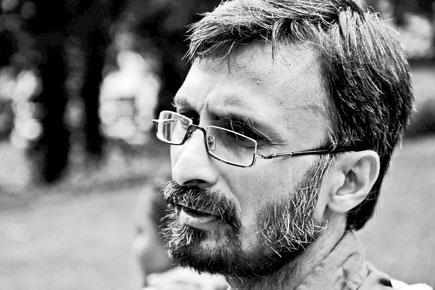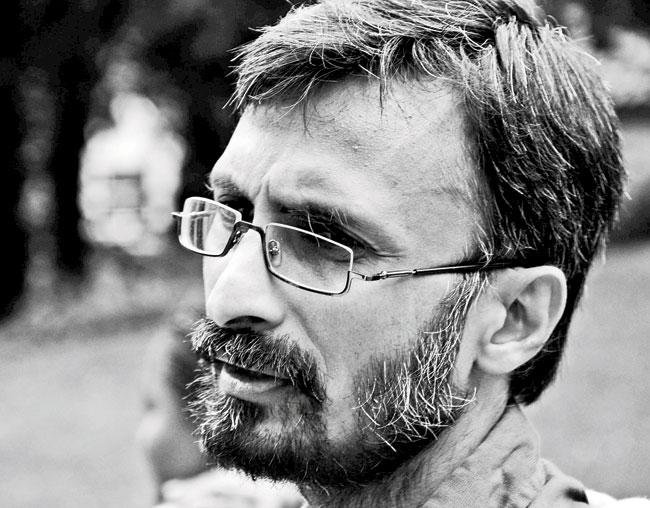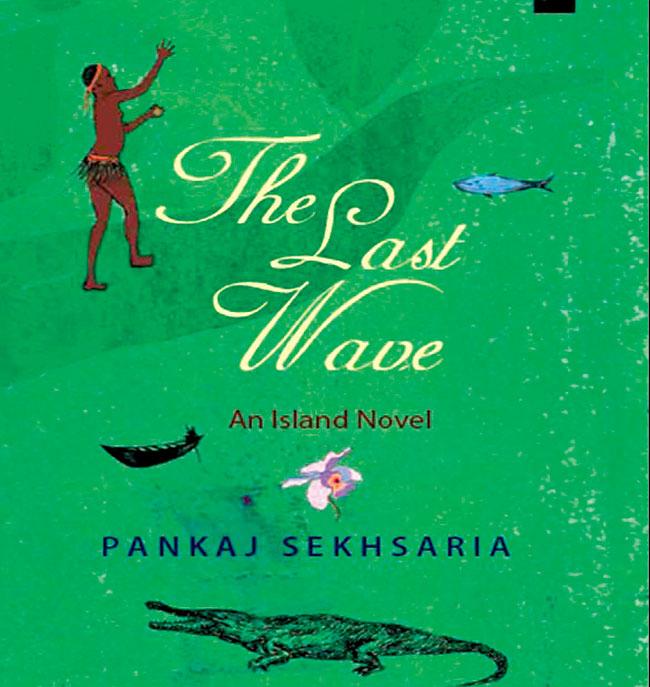Journalist, campaigner and photographer Pankaj Sekhsaria sets his first novel The Last Wave in the Andaman Islands. Based on personal experience and anthropological research, the author also weaves a ‘hesitant’ love story into his island tale

Pankaj Sekhsaria
“For these people, the Jarawas were as much myth as the ghosts or the gods inhabiting the unknown forests of their own imagination,” writes Pankaj Sekhsaria in his debut novel, The Last Wave. ‘These people’ are refugees from East Bengal, who began settling down on the outskirts of the Andaman Islands’ Jarawa Reserve in the ‘60s and ‘70s. Despite living in close proximity to the Jarawas for several decades, the Bengali settlers have had little interaction with one of the world’s most isolated tribes.

Author Pankaj Sekhsaria and the cover of his book, 'The Last Wave'
ADVERTISEMENT
“There are huge legacies and histories of mistrust between the two communities, which is fuelled by the lack of interaction. Until 1998, the Jarawa tribe, who have inhabited the island for thousands of years, were under voluntary isolation and survived reasonably well within the thick forests.

Any interaction between the tribe and settlers would lead to a conflict from both sides,” explains Sekhsaria, who has based much of his story on the cataclysmic event that took place in 1998, when a group of Jarawas stepped out of the forest unarmed. “No one understands what prompted them do this. Since then, hostility and violence of the old tide seems to have reduced, but new food habits and addictions — alcohol, tobacco — have been introduced,” rues the author.
Now based in Hyderabad, Sekhsaria first visited Andamans in 1994. Over the past two decades, he has been a regular visitor to the island. In 1998, he got involved with a campaign fighting for the rights of the indigenous people and against the use of the Andaman Trunk Road, which a 2002 Supreme Court ruling granted in their favour. “However, many of the orders granted during that ruling were never put in place. I realised there was only so much I could do as a campaigner and a researcher,” says Sekhsaria. “That’s when I decided to tell a story that was more readable, more rounded,” he adds. The Jarawas in his novel, he hoped, would become a metaphor for indigenous communities across the world.
His novel isn’t limited to the controversial tribe. One of his story’s lead characters Seema is part of the local Born community. Descendants of convicts imprisoned at Cellular Jail during British rule, he describes them as people with “a history but no future.” The Karens, who the British brought from Burma over 100 years ago for the management of the forest, also find mention in the book. With 1,000 sq km of untouched forest land reserved for the Jarawas, questions are often raised about why this tiny 300 to 400-strong community should have such a large chunk of the jungle all to themselves. “Looking ahead, we must find the right way to understand what the Jarawas want. How we can create a fair negotiation is a question difficult to answer. Do we have the sensitivity and sensibilities to understand what different sets of people want?” questions the author.
 Subscribe today by clicking the link and stay updated with the latest news!" Click here!
Subscribe today by clicking the link and stay updated with the latest news!" Click here!







